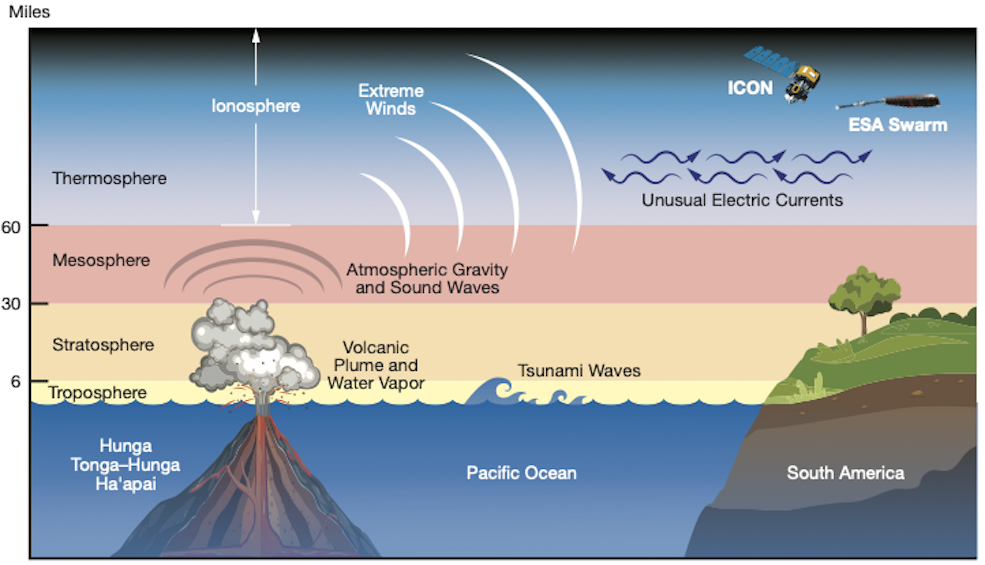ICON
Ionospheric Connection Explorer
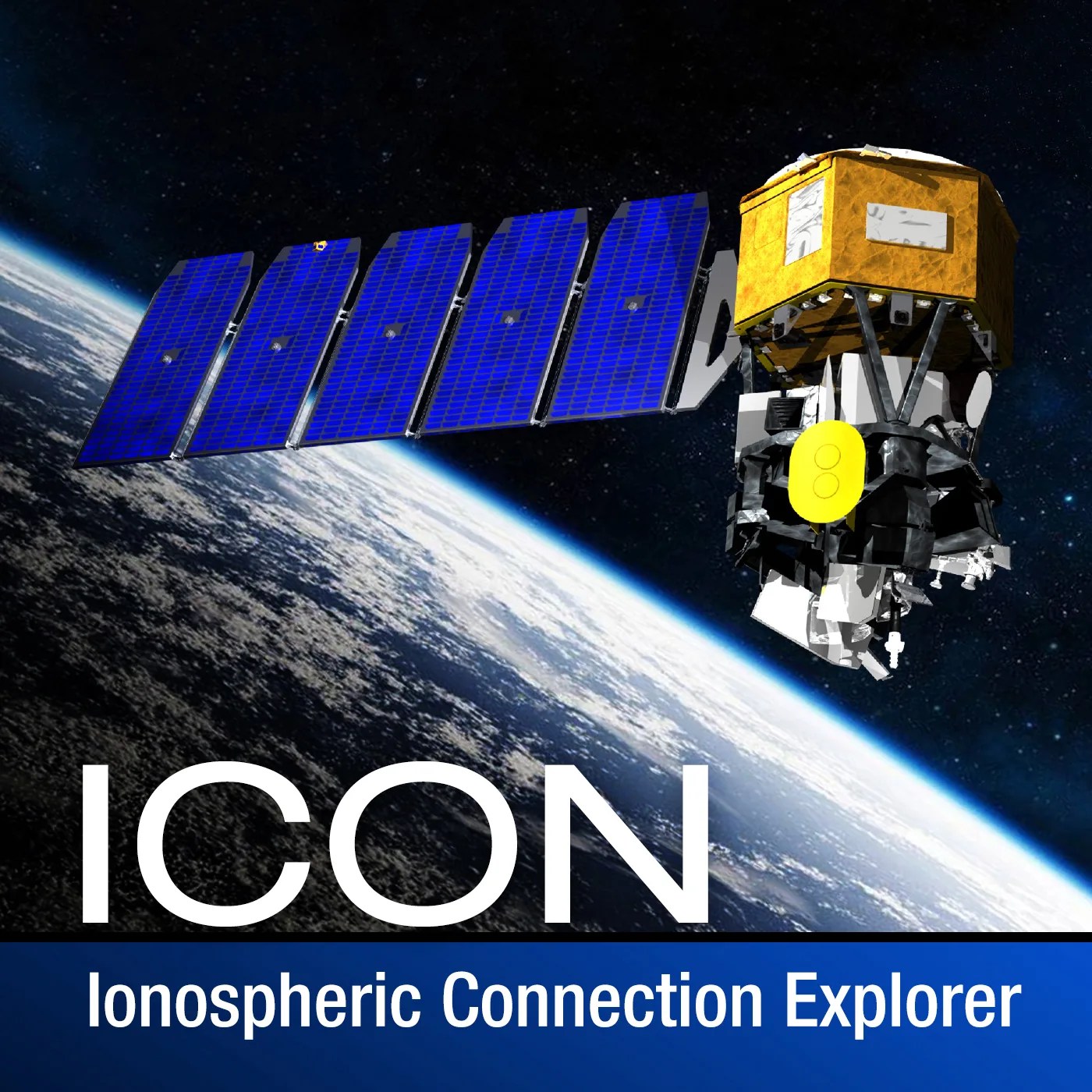
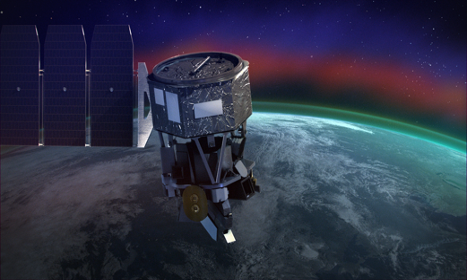
The Ionospheric Connection Explorer studies the frontier of space: the dynamic zone high in our atmosphere where Earth weather and space weather meet.
The ICON science payload sits on an Orbital ATK LEOStar-2 spacecraft. With the payload attached, the spacecraft weighs approximately 600 pounds and measures 3 feet by 6 feet. ICON flies in an orbit around Earth at a 27-degree inclination and at an altitude of some 360 miles. This places it in position to observe the ionosphere around the equator. ICON aims its instruments for a view of what's happening at the lowest boundary of space at about 55 miles up to 360 miles.
ICON carries four instruments to collect images of the ionosphere and to directly measure characteristics of the space environment through which it flies. Together, the suite of instruments offers a perspective that would otherwise require two or more orbiting spacecraft. The instruments provide the first comprehensive look at this crucial region to help scientists understand – and some day predict – what drives disturbances in the ionosphere.
ICON’s four instruments:
- MIGHTI: The Michelson Interferometer for Global High-resolution Thermospheric Imaging instrument observes the temperature and speed of the neutral atmosphere. These winds and temperature fluctuations are driven by weather patterns closer to Earth’s surface. In turn, the neutral winds drive the motions of the charged particles in space. MIGHTI is built by the Naval Research Laboratory in Washington, DC.
- IVM: The Ion Velocity Meter observes the speed of the charged particle motions, in response to the push of the high altitude winds and the electric fields they generate. The IVM is built by the University of Texas at Dallas.
- EUV: The Extreme Ultra-Violet instrument captures images of oxygen glowing in the upper atmosphere, in order to measure the height and density of the daytime ionosphere. This helps track the response of the space environment to weather in the lower atmosphere. EUV is built by the University of California at Berkeley.
- FUV: The Far Ultra-Violet instrument captures images of the upper atmosphere in the far ultraviolet light range. At night, FUV measures the density of the ionosphere, tracking how it responds to weather in the lower atmosphere. During the day, FUV measures changes in the chemistry of the upper atmosphere -- the source for the charged gases found higher up in space. FUV is built by the University of California at Berkeley.
On June 22, 2020, NASA’s ICON team released scientific data collected during the spacecraft’s first eight months in orbit to the public. The data release features observations from ICON’s four instruments which have been observing the ins and outs of the ionosphere, the sea of charged particles.
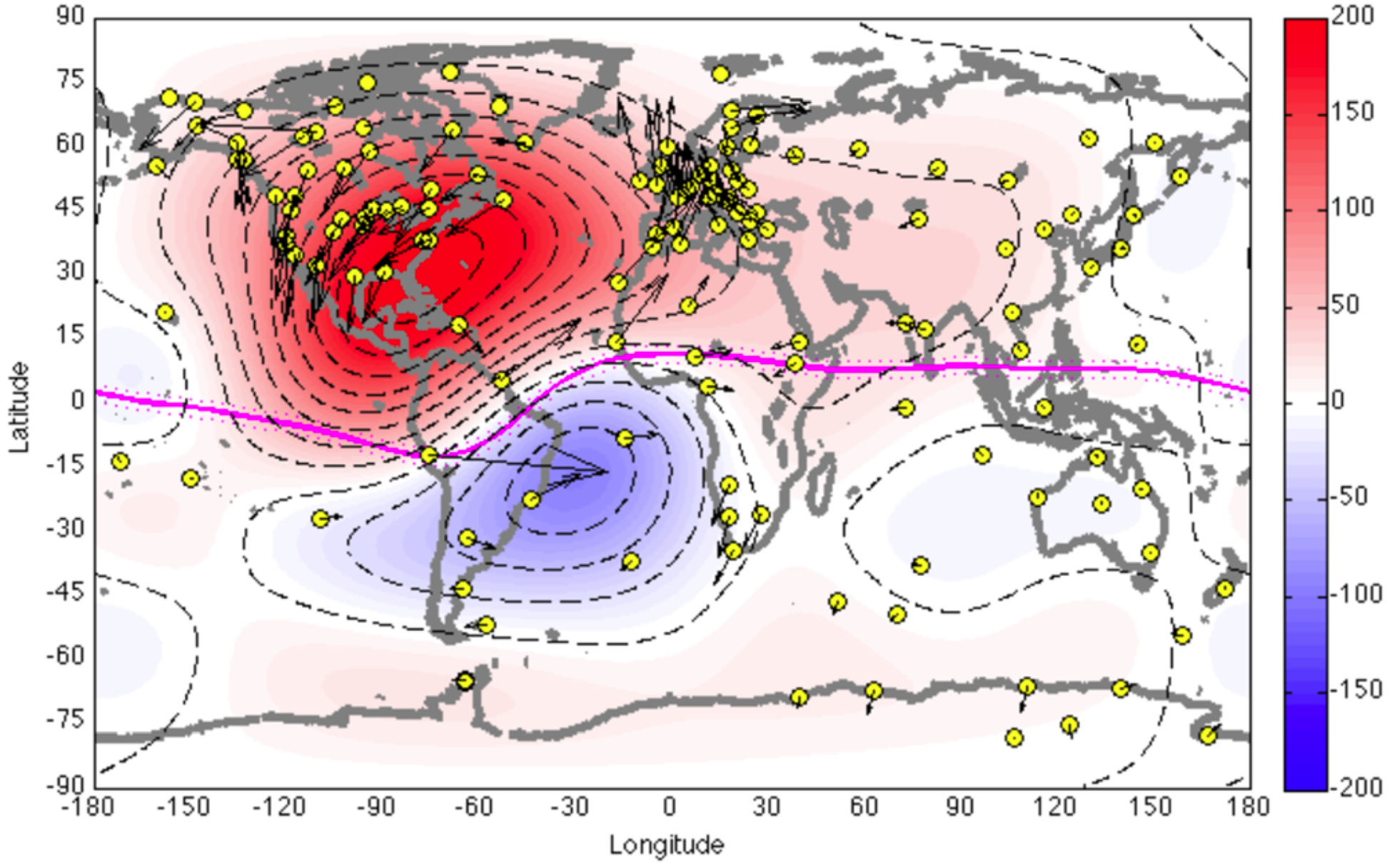
NASA Rocket, Satellite Tag-Team to View the Giant Electric Current in the Sky
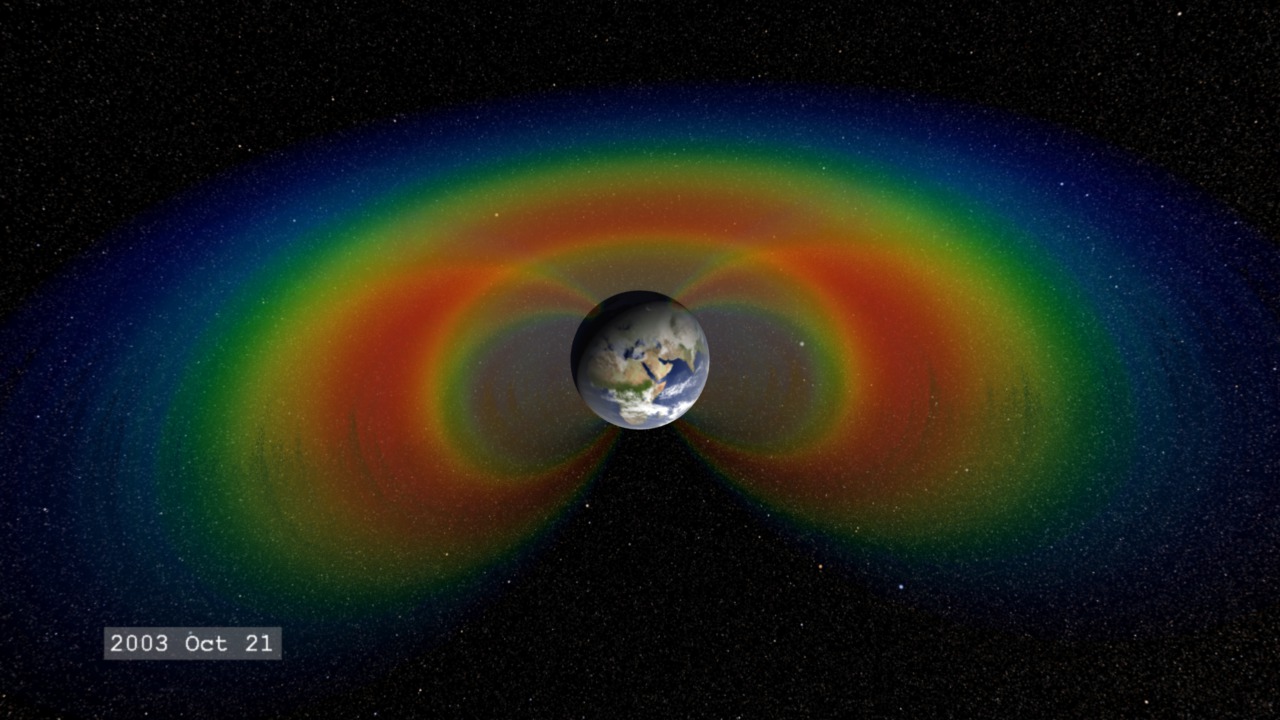
NASA Researchers Track Slowly Splitting ‘Dent’ in Earth’s Magnetic Field
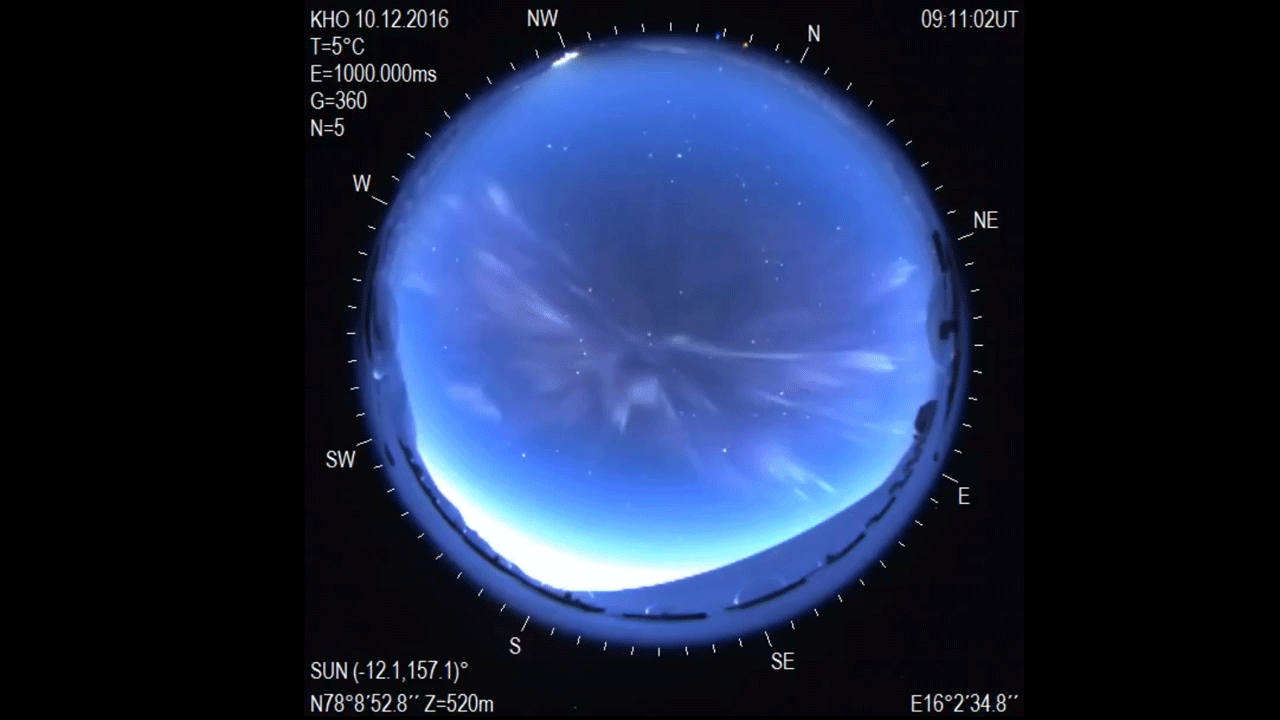
Postcards from the Edge of Space: Scientists Present New Ionosphere Images and Science

